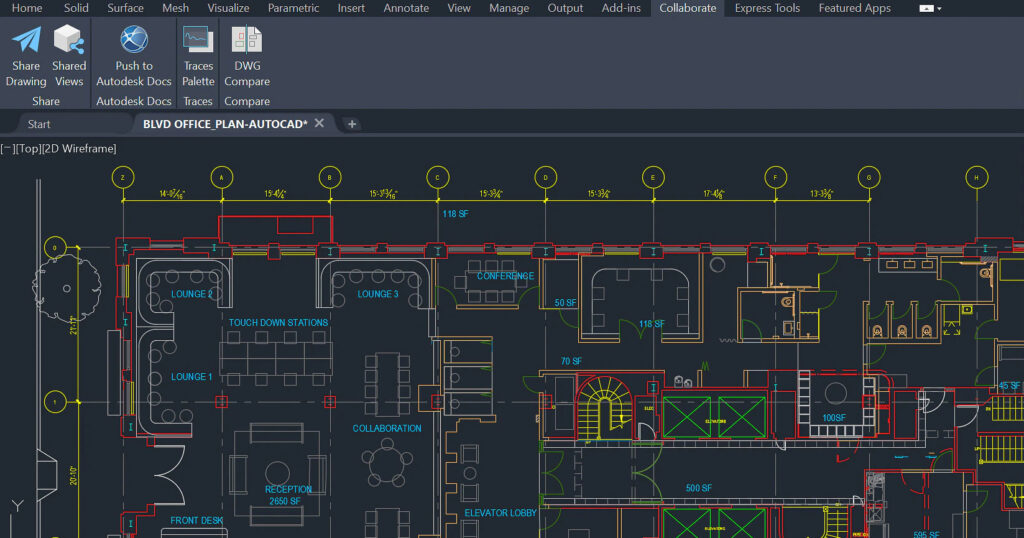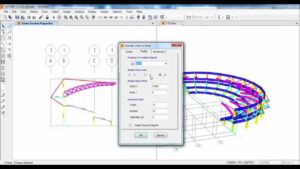Young Architect Guide: 5 AutoCAD Tips to Supercharge Your Workflow

Introduction:
For young architects navigating the intricate world of design, mastering AutoCAD can be a game-changer. This powerful computer-aided design (CAD) software is an indispensable tool for turning creative visions into precise, detailed drawings. In this extensive guide, we’ll explore five AutoCAD tips tailored for young architects, aiming not only to streamline workflows but also to enhance proficiency, productivity, and overall design capabilities.
I. Customize Your Workspace for Efficiency:
- Optimize the Ribbon and Tool Palettes:
- The Ribbon in AutoCAD houses a multitude of tools and commands. Customize it to feature the tools you use most frequently, streamlining your workflow.
- Explore and utilize tool palettes for quick access to blocks, symbols, and other commonly used elements.
- Create Personalized Toolbars:
- Designing a personalized toolbar can significantly improve efficiency. Group frequently used commands together for easy access and a more intuitive workflow.
- Experiment with different configurations until you find a setup that aligns with your specific needs and preferences.
II. Master the Art of Keyboard Shortcuts:
- Learn and Implement Keyboard Shortcuts:
- AutoCAD is rife with keyboard shortcuts that can dramatically speed up your drafting process. Invest time in learning and implementing them into your workflow for a seamless experience.
- Customize shortcuts based on the commands you use most frequently, ensuring quick and effortless navigation.
III. Embrace the Power of Dynamic Blocks:
- Create and Utilize Dynamic Blocks:
- Dynamic Blocks are an advanced feature in AutoCAD that can revolutionize the way you work. These blocks allow you to modify and manipulate geometry dynamically.
- Explore the creation of dynamic blocks for elements that require various configurations, sizes, or adjustments, providing flexibility and adaptability in your designs.
IV. Efficiently Use Layers and Templates:
- Organize with Layers:
- Effectively managing layers is essential for a clean and organized drawing. Establish a layering system that categorizes and separates different components of your design.
- Utilize layer states to switch between different layer configurations, streamlining the visibility of information as needed.
- Leverage Templates:
- Templates in AutoCAD serve as a starting point for your projects. Develop customized templates that include your preferred settings, units, and layers, ensuring consistency across all your drawings.
- Save time and maintain a standardized approach by starting each project with a template that aligns with your workflow and project requirements.
V. Optimize Annotation and Dimensioning Techniques:
- Utilize Annotative Objects:
- Annotative objects in AutoCAD enable annotations and text to adapt to different scales automatically. This is particularly useful when working on drawings with multiple viewports or scaled representations.
- Implement annotative objects to ensure that your text and annotations remain clear and readable across various scales.
- Explore Dimension Styles:
- Dimension styles allow you to control the appearance and layout of dimensions in your drawings. Create and customize dimension styles that align with your design aesthetic and project requirements.
- Consistent use of dimension styles enhances the professionalism of your drawings and makes them more accessible for review.
Conclusion:
In conclusion, these five AutoCAD tips are designed to empower young architects in their journey towards mastering this essential design tool. By customizing your workspace, embracing keyboard shortcuts, leveraging dynamic blocks, efficiently managing layers and templates, and optimizing annotation and dimensioning techniques, you’ll not only speed up your workflow but also enhance the precision and quality of your designs. As a young architect, continuous exploration of AutoCAD’s capabilities and a commitment to incorporating these tips into your routine will undoubtedly contribute to your success in transforming imaginative concepts into well-executed architectural masterpieces.







